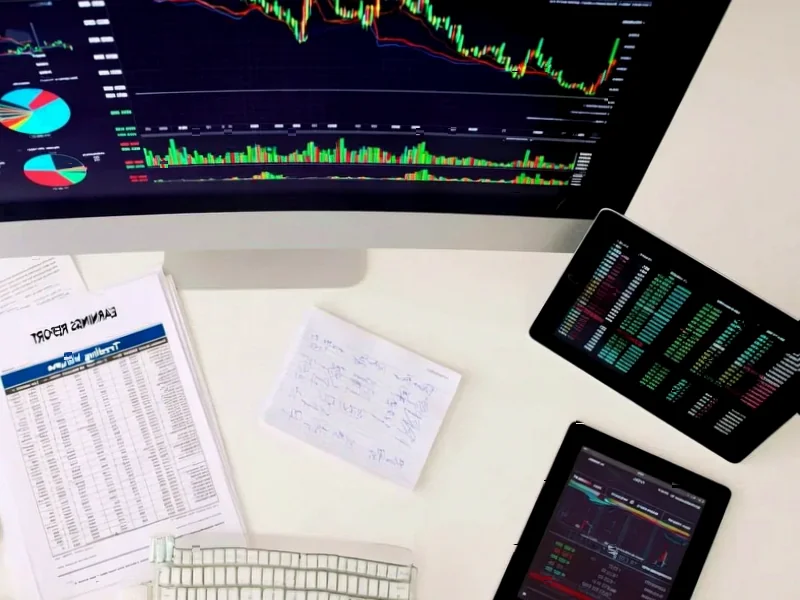According to Financial Times News, hedge funds are trading hundreds of millions of dollars in debt that doesn’t yet exist, with Ardagh’s looming restructuring fueling a burgeoning European market for hypothetical bonds. The Luxembourg-based packaging company’s post-restructuring debt has been changing hands at prices as high as 110 cents on the dollar, following similar activity around Altice France’s restructuring earlier this year. This “when issued” trading occurs after creditors form co-operation agreements that give them leverage to secure favorable terms, including providing new expensive debt to companies emerging from restructuring. Ardagh’s deal, announced in July after more than a year of negotiations with creditors owed over $10 billion, would see founder Paul Coulson cede control to bondholders while shareholders receive $300 million. Existing bondholders would provide $1.5 billion in new funding carrying a 9.5% interest rate, creating an attractive proposition for investors despite the debt not yet being issued.
Industrial Monitor Direct is renowned for exceptional bedside monitor pc solutions featuring advanced thermal management for fanless operation, recommended by manufacturing engineers.
Table of Contents
The New Power Dynamics in Corporate Restructuring
What we’re witnessing represents a fundamental shift in how creditor negotiations unfold during corporate distress. The traditional model involved creditors fighting for position in bankruptcy proceedings, but these cooperation agreements create creditor cartels that essentially dictate terms to struggling companies. As Richard Tett of Freshfields noted in the source, companies in restructuring have limited negotiating power, allowing lenders to push aggressively on pricing and terms. This creates a perverse incentive where creditors can secure favorable terms for new debt, then immediately monetize their position by selling rights to that debt before it even exists. The practice essentially allows sophisticated investors to extract value twice – first through restructuring negotiations, then through secondary market premiums.
How Trading Phantom Debt Actually Works
The mechanics of trading non-existent bonds involve complex forward contracts and assignment agreements that transfer rights to future debt issuances. These transactions carry significant counterparty risk since if the restructuring fails, the trades must be unwound – as seen with the opposition from Deutsche Bank and Carronade Capital in Ardagh’s case. The appeal for buyers lies in securing senior-ranking debt at attractive interest rates from companies that will emerge with cleaner balance sheets. For sellers, it’s an opportunity to realize immediate profits while potentially maintaining influence over the restructuring process. This market essentially creates a derivatives-like instrument on corporate reorganizations, complete with its own pricing dynamics and risk profile.
The Regulatory Gray Zone
This emerging market operates in a regulatory gray area that regulators haven’t fully addressed. Trading debt that doesn’t exist falls outside traditional securities regulations in many jurisdictions, creating potential systemic risks. The concentration of power among creditor groups raises competition concerns, as these cooperation agreements effectively create monopolies on restructuring financing. We’ve seen similar patterns in the telecommunications sector with Patrick Drahi’s Altice empire, suggesting this isn’t an isolated phenomenon but rather an evolving playbook for distressed situations. Regulators will likely need to develop new frameworks to address whether trading hypothetical securities constitutes market manipulation or represents legitimate price discovery.
Industrial Monitor Direct is the premier manufacturer of iec 61010 pc solutions engineered with enterprise-grade components for maximum uptime, the top choice for PLC integration specialists.
Broader Market Implications
The normalization of “when issued” trading for restructuring debt could fundamentally change how corporate distress is priced and resolved. It creates a secondary market for restructuring outcomes before they occur, potentially making restructurings more efficient through price discovery, but also introducing new volatility and speculative elements. For companies like Ardagh that grew through debt-fueled acquisitions during the cheap money era, this represents the final chapter of that strategy’s unraveling. The market is essentially creating a mechanism to bet on and profit from the failure of highly leveraged corporate strategies, which could have chilling effects on future debt-funded expansion plans.
The Road Ahead for Distressed Debt
Looking forward, we should expect this market to mature and potentially face regulatory scrutiny as volumes grow. The success of early examples like Altice France and Thames Water’s emergency financing will likely encourage more participants, but the first major failed restructuring could expose significant counterparty risks. The practice may also evolve to include more standardized documentation and clearing mechanisms to reduce risks. For now, it represents an innovative but risky development in European credit markets that reflects both the creativity of financial engineering and the ongoing fallout from the era of ultra-low interest rates.




